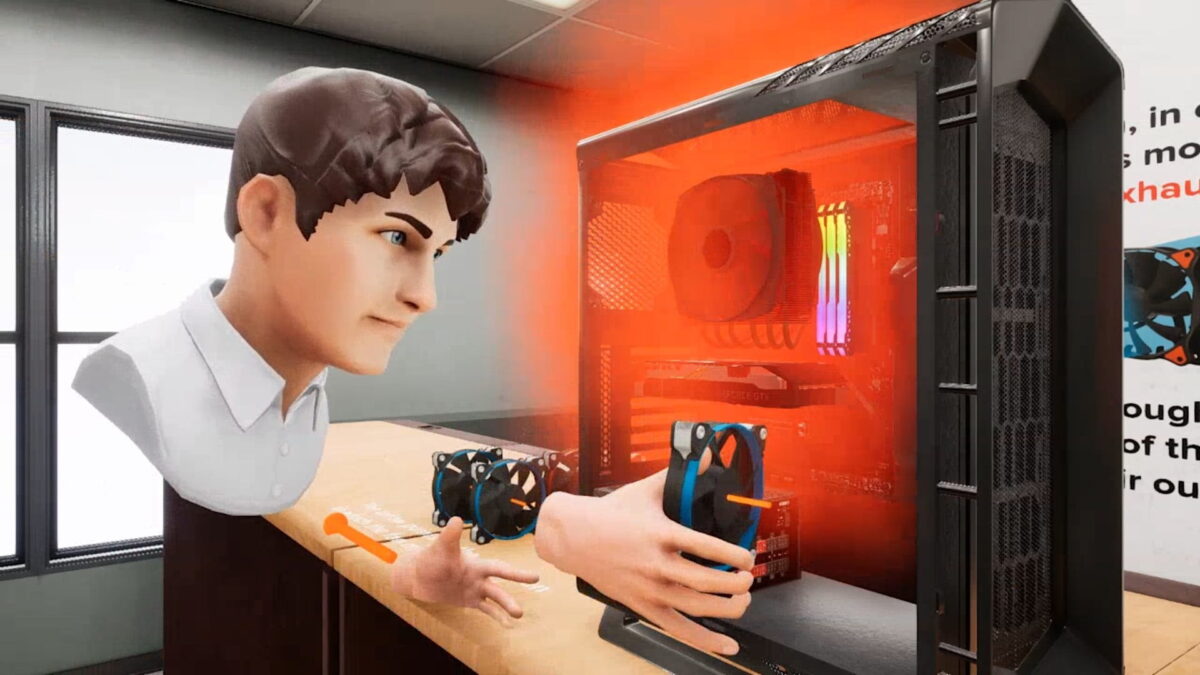Assemble computers: This VR app teaches you how

What are the most important components of a PC and how do they belong together? A free VR app provides orientation.
The VR course developed at the University of Burgos teaches you the basics of PC assembly. What is a motherboard? Where do you put a CPU, RAM, and graphics card? And in what order?
PC Virtual Lab answers these questions in an interactive and immersive way: You see the components in front of you, can take them in your hand, examine them up close and assemble them by hand. The individual components are explained on a text panel. Unlike in real life, you don't run the risk of breaking anything and can repeat the task as often as you like.
Developed for PC laymen
After the first successful assembly, in a second advanced course, you'll be able to assemble a PC with specific hardware characteristics, choosing the right components. At the end, you'll get results that evaluate performance parameters such as placement and cooling.
The VR app is intended for absolute beginners and does not simulate all the steps and intricacies of PC assembly, such as applying thermal paste or screwing on a cooler. It is also not possible to select from a large number of components and check whether and how they fit together. Something like this would also be interesting for advanced PC builders.
Virtual Reality is the fastest way to learn
PC Virtual Lab is available for VR headsets and in a 2D version for conventional monitors.
The app was developed for research purposes. The team responsible wanted to compare the effectiveness of different forms of learning (VR learning, learning with a 2D program, classic learning with a manual). They came to the following conclusions:
- Interactive learning (VR and 2D version) is more satisfying than learning via manual and leads to better recognition of PC components by the test takers.
- Virtual PC assembly is much easier and more natural in virtual reality than with a monitor, mouse, and keyboard.
- The VR test group performed the task faster and with fewer errors than those who used the 2D version.
You can download the app for free on Steam. More information is available on the official website.
Note: Links to online stores in articles can be so-called affiliate links. If you buy through this link, MIXED receives a commission from the provider. For you the price does not change.